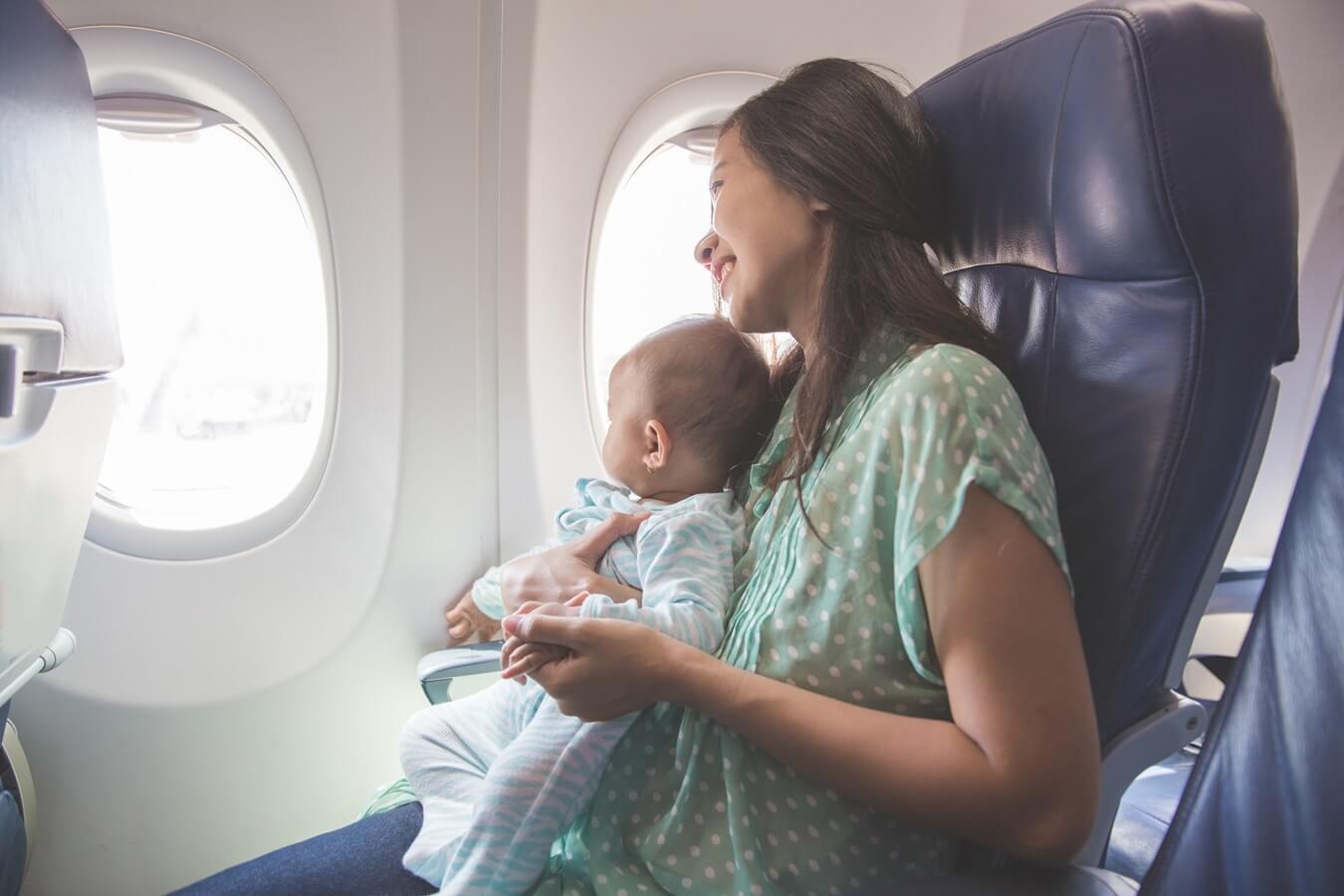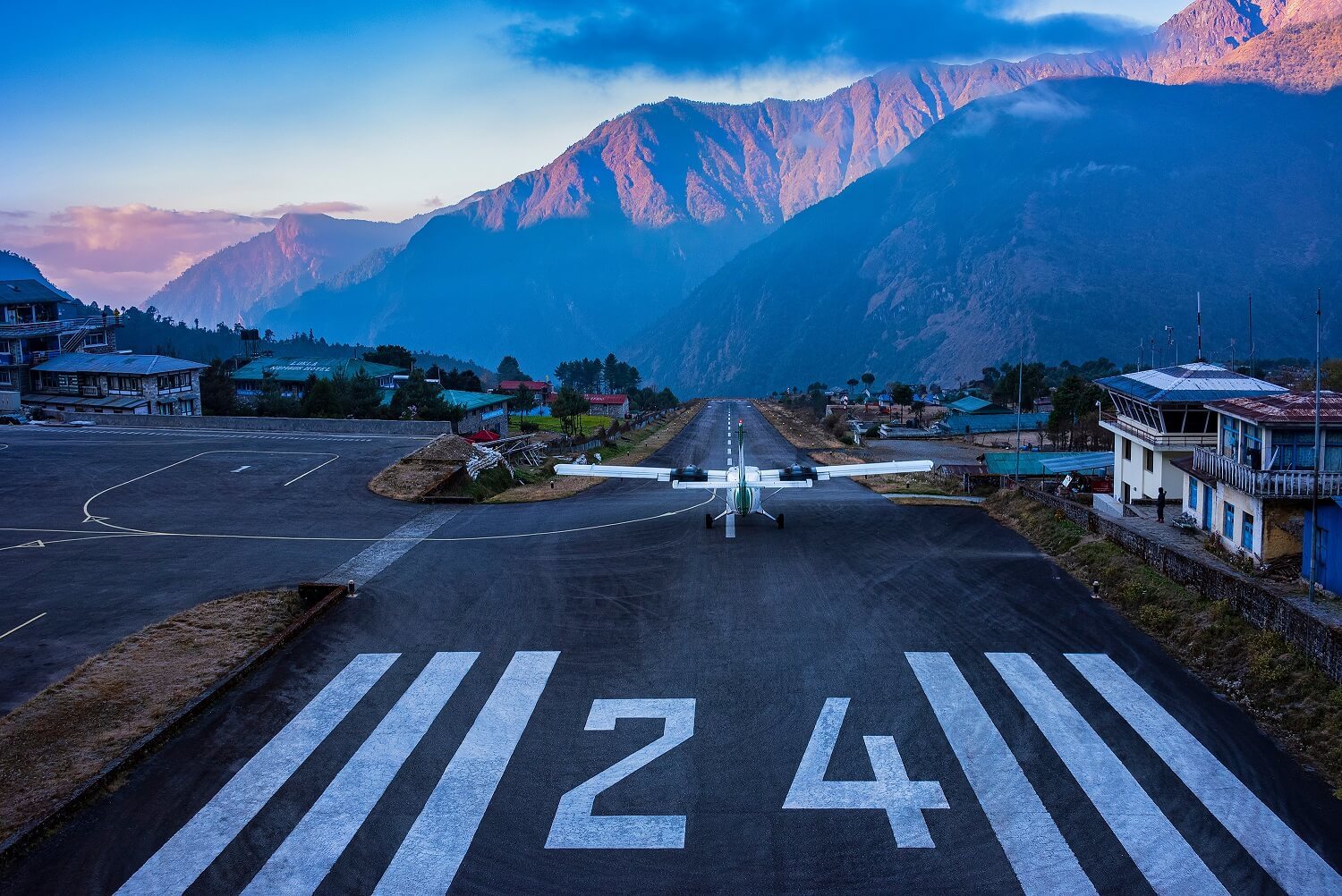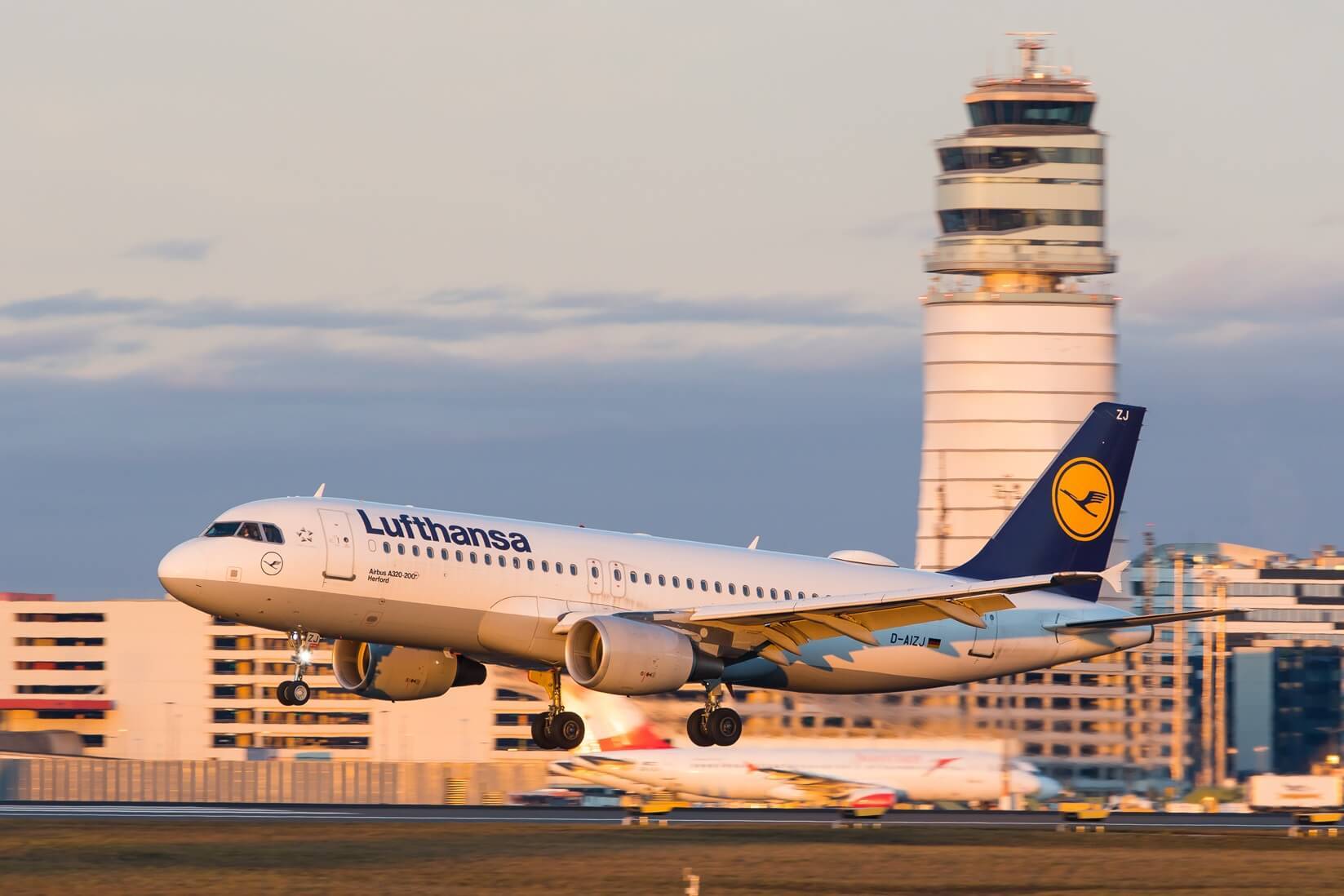Traveling with baby? Flight tips for infants and children

Air travel with infants and young children can be a daunting prospect for parents, but with careful planning and a few essential strategies, the journey can be a smooth and enjoyable experience for the whole family. From packing essentials to managing in-flight challenges, here's a comprehensive guide to flying with babies and children.
Flying with child: Preparation is key
Before embarking on your journey, thorough preparation is crucial. Ensure you have all necessary travel documents for your child, including passports and any required visas. Check with your airline about their specific policies for infants and children, such as age restrictions for certain services.
Baby travel: Booking the right flight
Opt for flights that align with your child's sleep schedule. Red-eye flights or those during nap times can increase the likelihood of a more relaxed journey, as sleepy children are generally more adaptable. Additionally, consider booking a direct flight to minimize layovers and potential disruptions.
Travelling with kids: Packing essentials
Pack a well-stocked diaper bag with all the essentials, including diapers, wipes, a change of clothes, and any necessary medications. Bring comfort items like a favorite toy or blanket to help soothe your child during the flight. Don't forget snacks, as hungry little ones can quickly become restless.
Flying with an infant: Seating arrangements
Choose seats strategically, keeping in mind easy access to restrooms and proximity to the galley for quick assistance from the flight attendants. Consider booking a bassinet for infants on long-haul flights, providing a comfortable spot for them to sleep.
Keep your child entertained with age-appropriate activities. Bring coloring books, interactive toys, or download movies and games onto a tablet. New and exciting distractions can make the flight more enjoyable for children and fellow passengers.
Tips for traveling with a baby: Feeding considerations
For infants, feeding during takeoff and landing can help equalize ear pressure. If breastfeeding, nurse during these times, or offer a bottle or pacifier. For older children, bring a variety of snacks and be mindful of any dietary restrictions.
Sleeping arrangements
Dress your child in comfortable clothing conducive to napping. Familiar sleep routines, such as reading a bedtime story or singing a lullaby, can help signal that it's time to rest, even at 30,000 feet.
Stay calm and composed, as children often pick up on their parents' energy. Be patient with any challenges that may arise, and don't be afraid to ask for assistance from the flight crew if needed.
Upon arrival, take your time disembarking to avoid stress. Allow your child to stretch their legs and expend some energy before heading to baggage claim. Having a stroller or carrier can be beneficial for navigating the airport with ease.
Flying with babies and children requires thoughtful planning and a flexible mindset. By anticipating their needs, packing wisely, and embracing the adventure, parents can turn the journey into an exciting part of the family travel experience. With a little preparation and a lot of patience, flying with little ones can be a positive and memorable adventure for everyone involved. And if you experience any flight irregularities, you can always file your case at www.myflyright.com!
Latest posts
Ryanair goes paperless – What this means for your next flight
Ryanair ends paper boarding passes on Nov 12, 2025. Travelers must use the myRyanair app for check-in and boarding.
Flight delays and cancellations in August 2025
Check which flights were delayed in August 2025 – you may still be entitled to claim up to 600 € in compensation.
Flight delays and cancellations in July 2025
Check which flights were delayed in July 2025 – you may still be entitled to claim up to 600 € in compensation.












